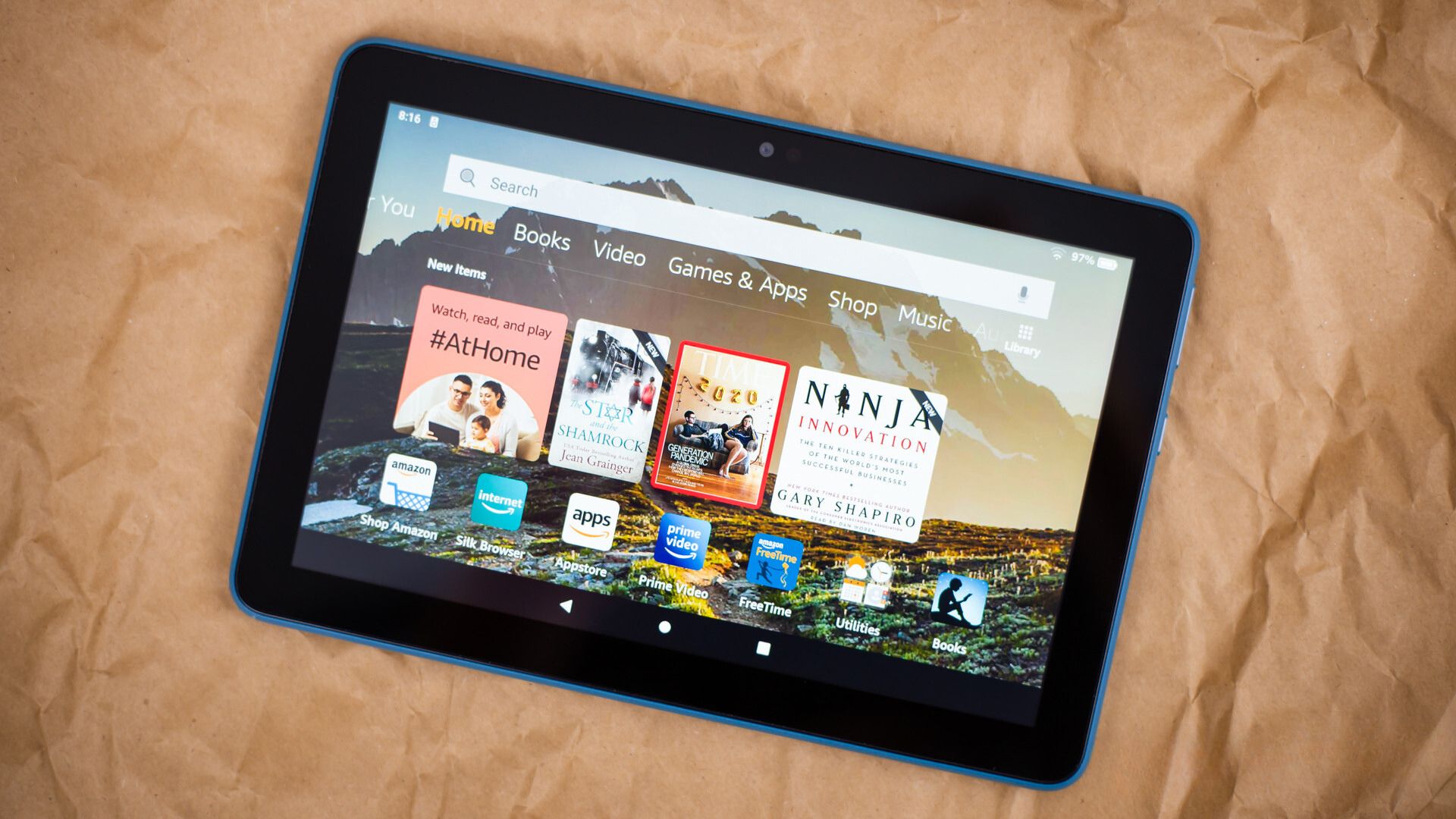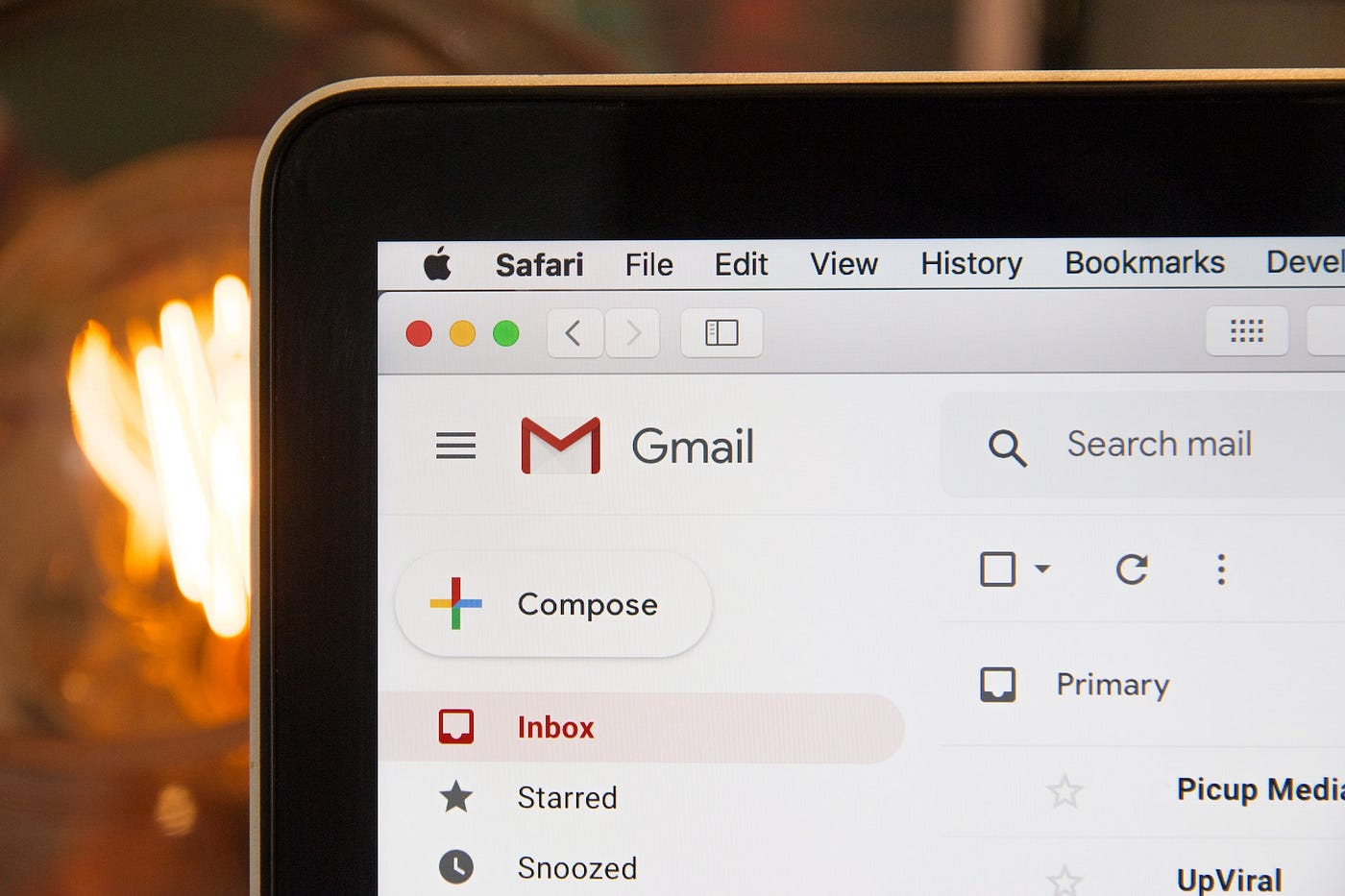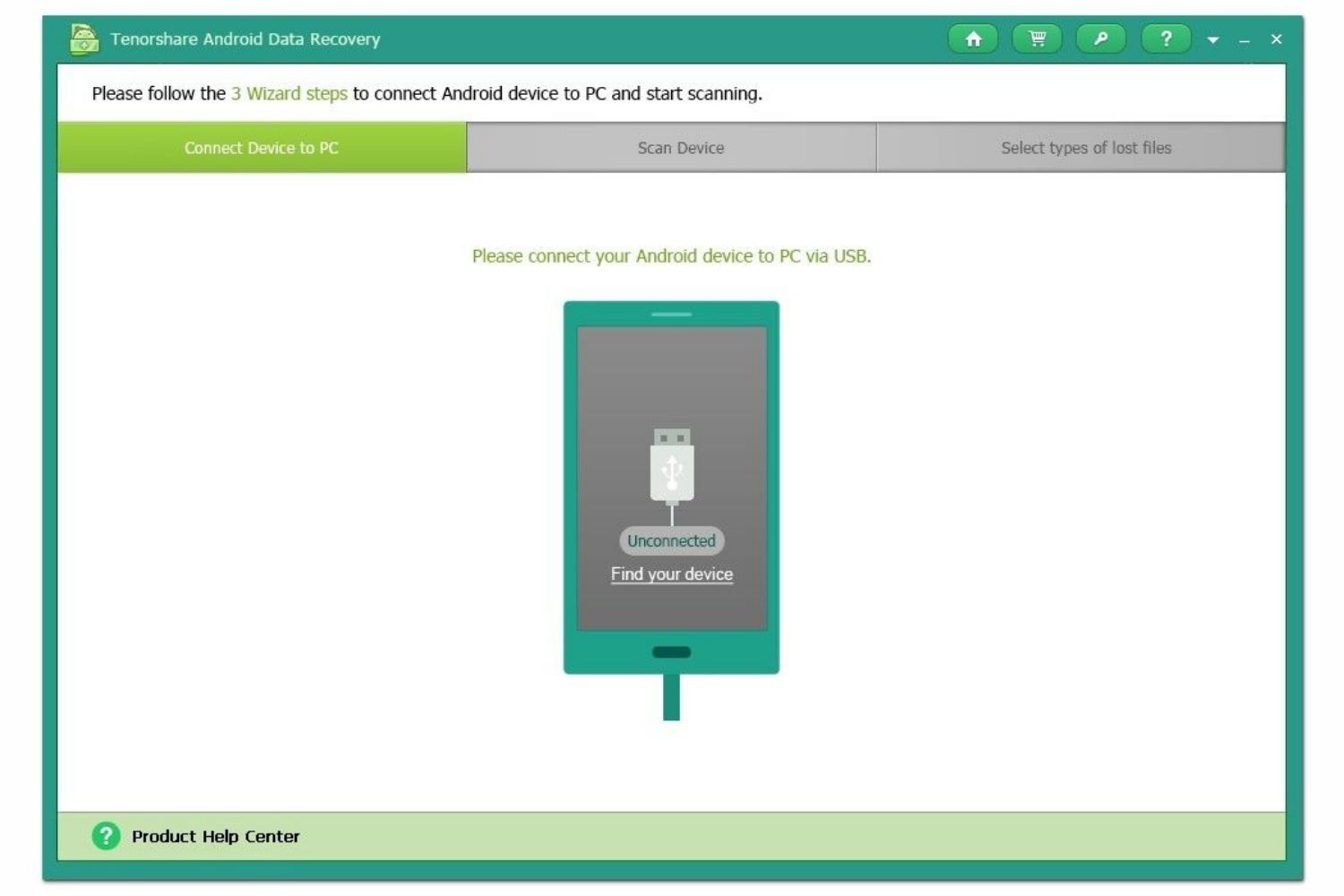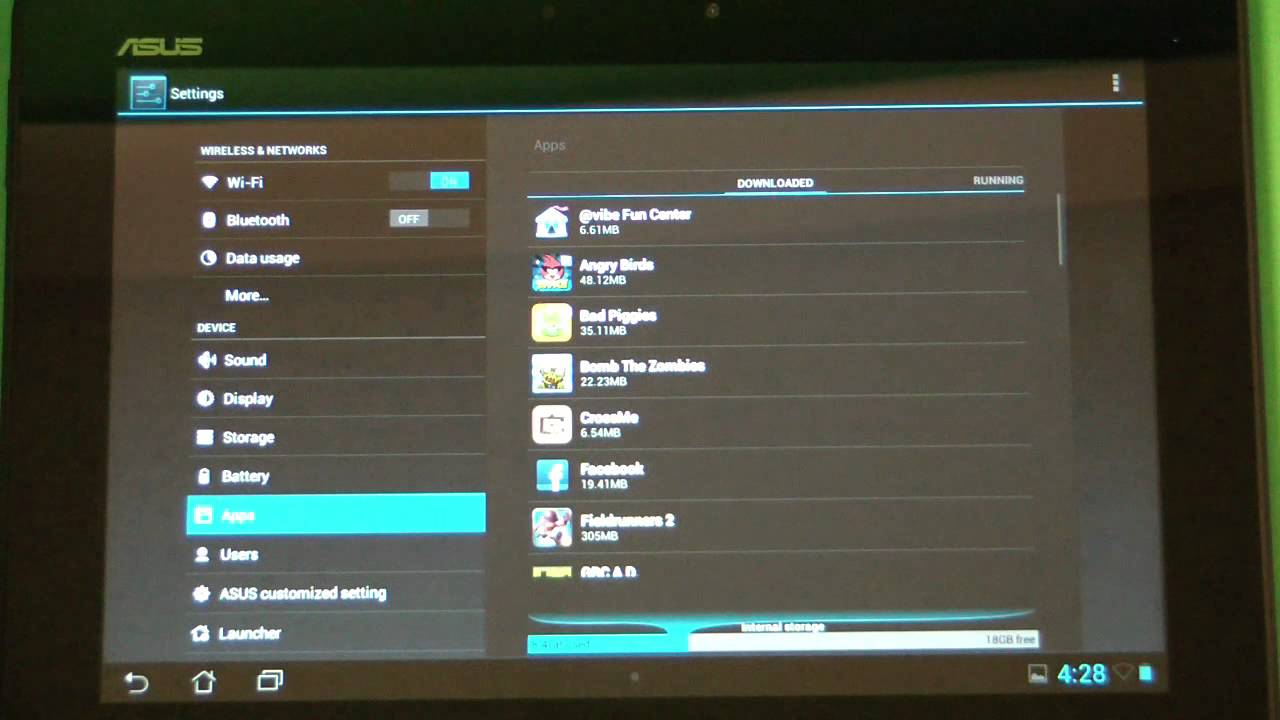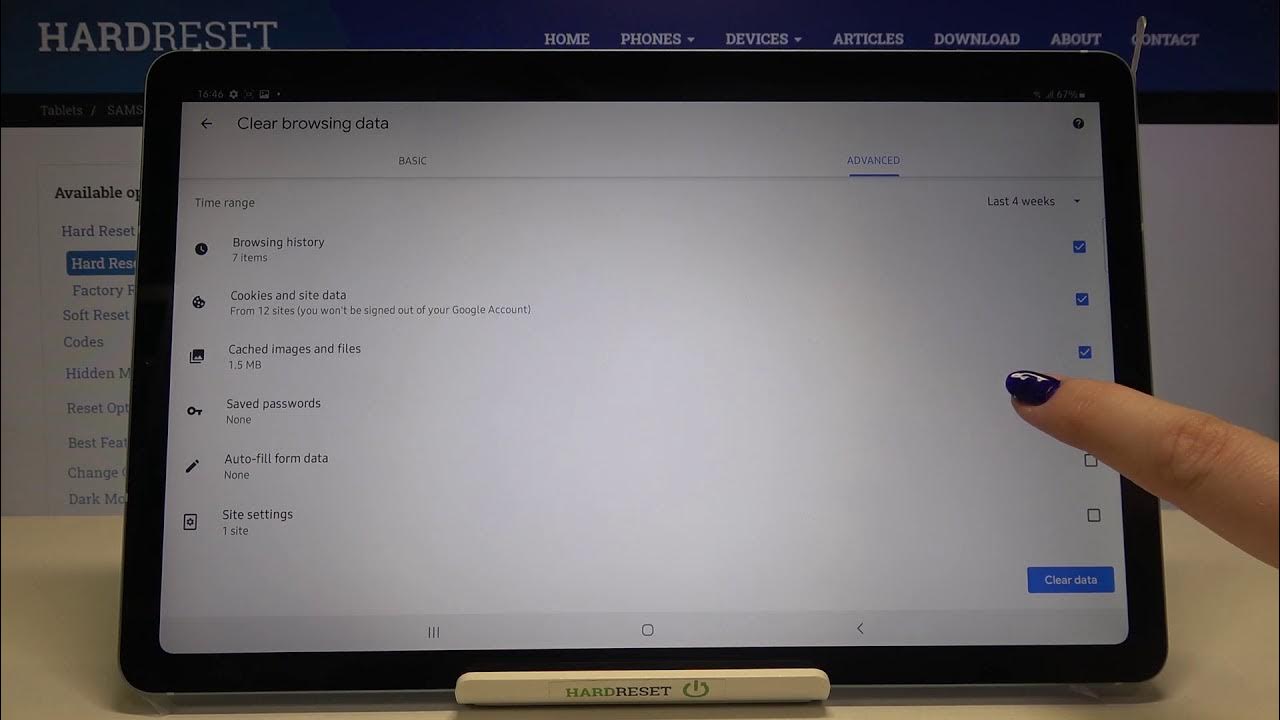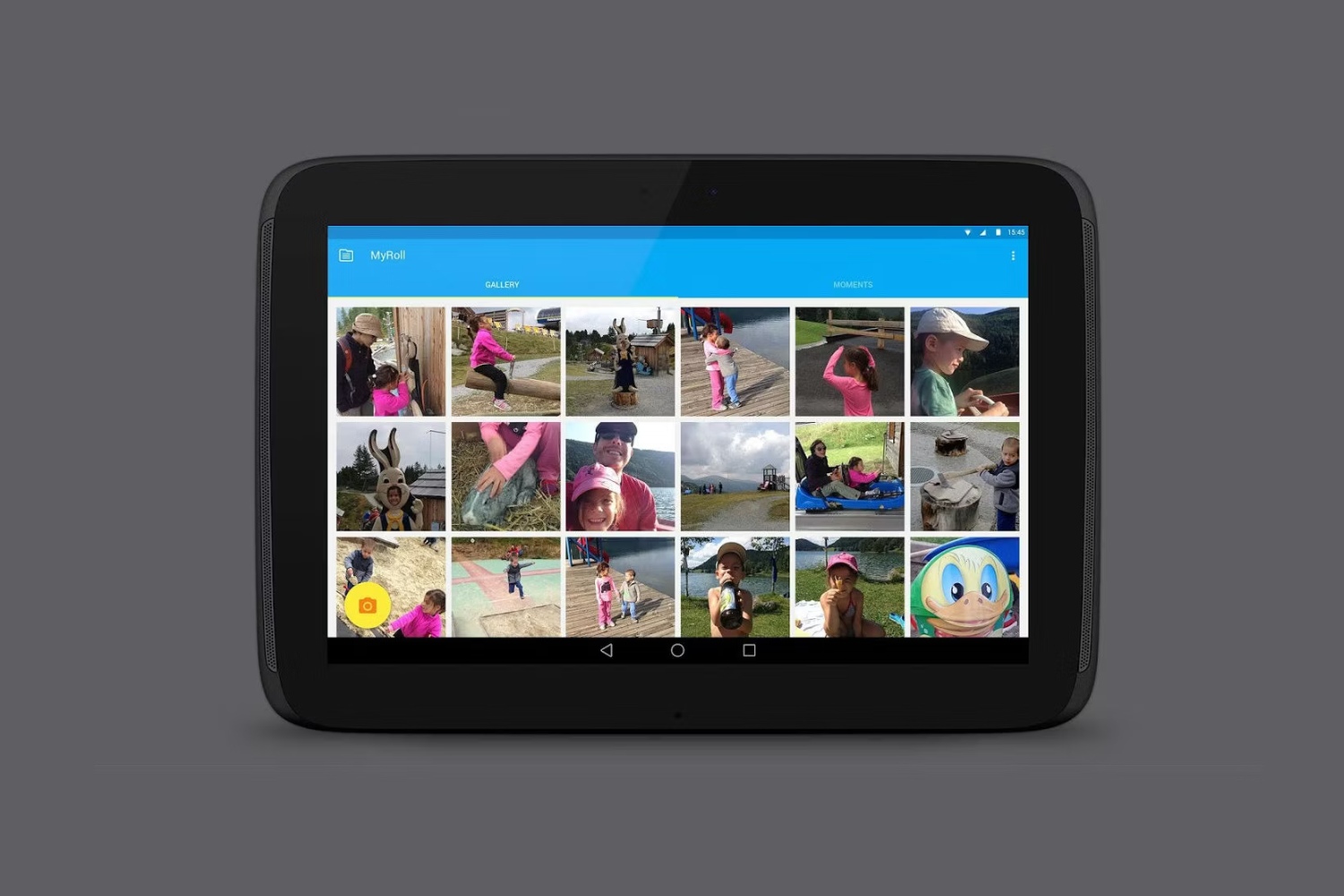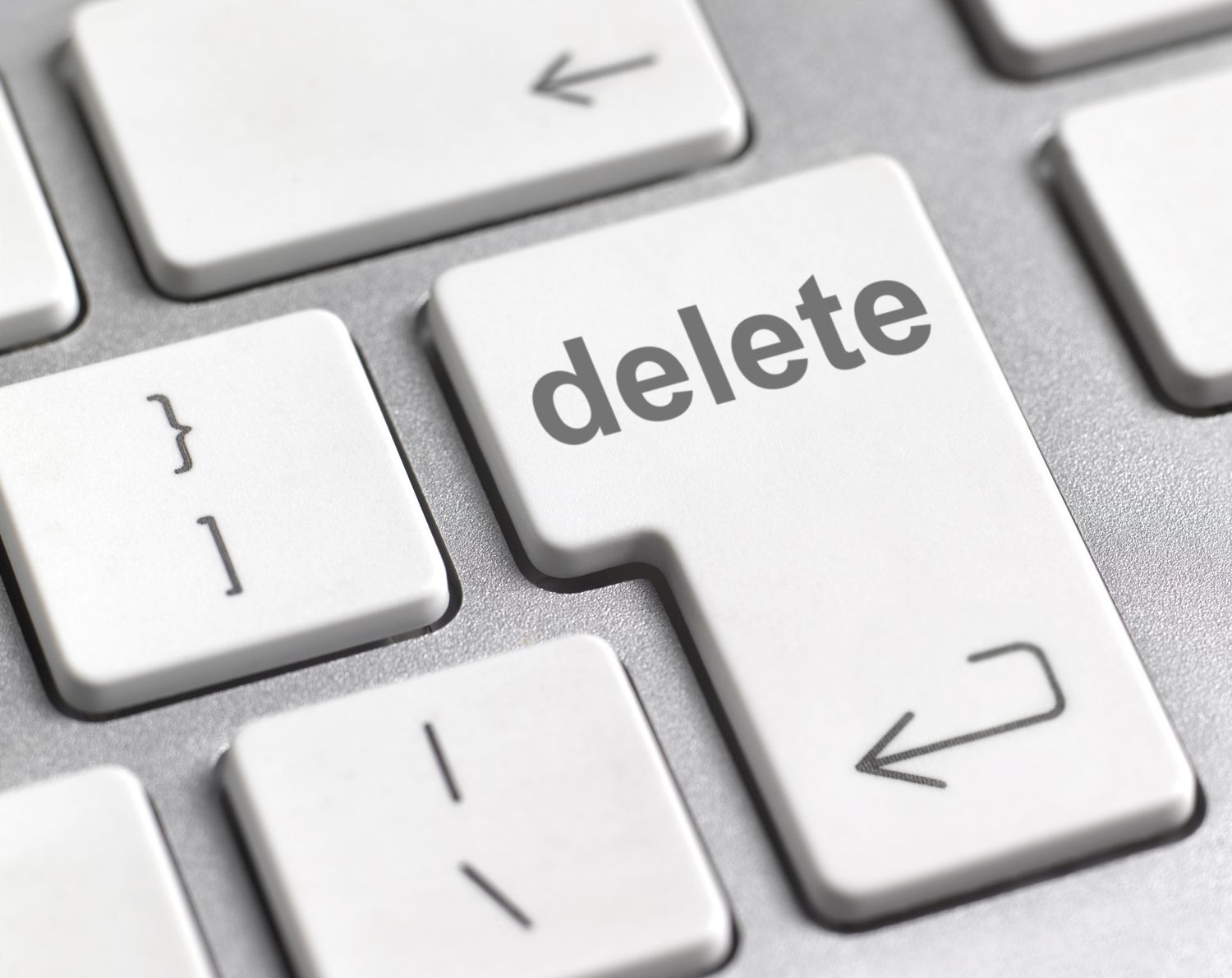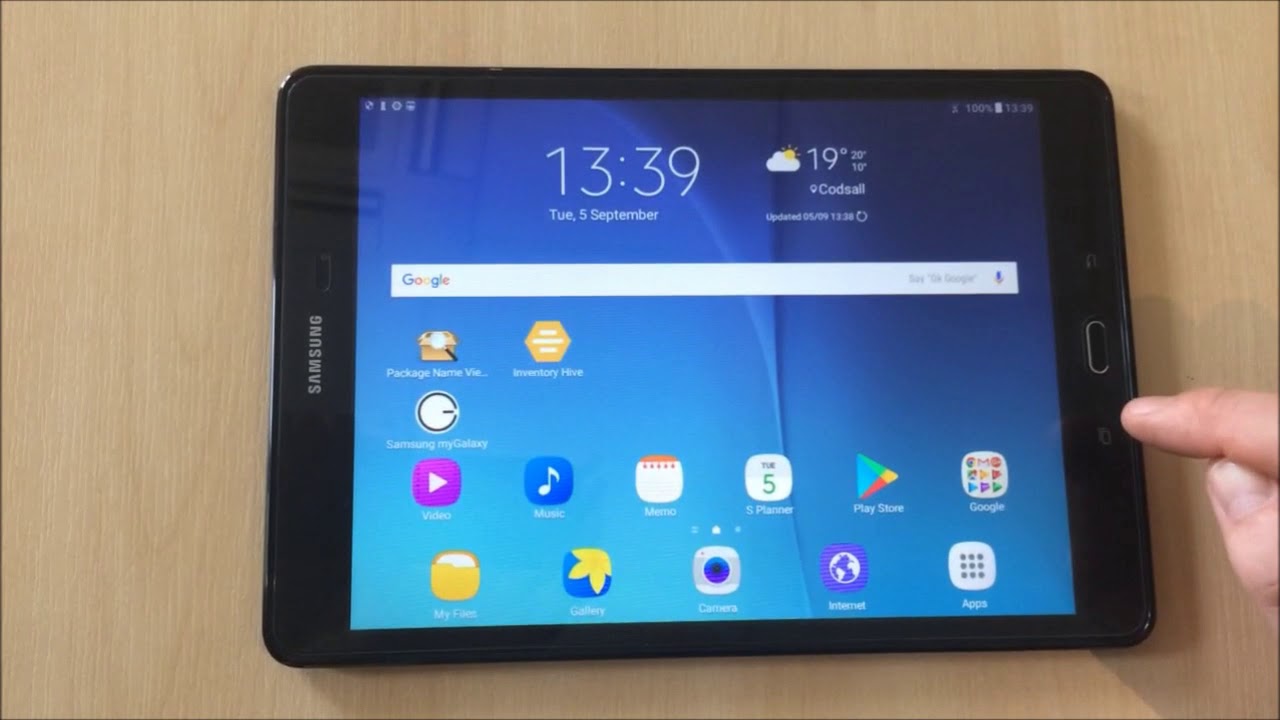Introduction
Welcome to today’s tutorial on how to delete apps on your Android tablet. As we know, one of the great features of Android tablets is the ability to download and use a wide variety of applications. From productivity tools to entertainment apps, the Google Play Store offers a vast selection to suit your needs.
However, over time, you may find that your tablet becomes cluttered with apps that you no longer use or need. This can take up valuable storage space and even slow down your device’s performance. That’s why it’s important to know how to properly delete apps.
In this guide, we will explore several methods to help you easily delete apps on your Android tablet. Whether you want to remove apps from your home screen, uninstall pre-installed apps, or utilize a third-party app manager, we’ve got you covered. So, let’s dive in and learn how to keep your tablet clean and organized!
Method 1: Deleting Apps from the Home Screen
Deleting apps directly from the home screen is one of the most straightforward methods. Follow these simple steps:
- Start by locating the app you want to delete on your home screen. Look for the app icon among the various icons displayed.
- Once you have identified the app, long-press on the icon. After holding it for a few seconds, a menu will appear, showing options specific to that app or the home screen.
- Look for the “Uninstall” or “Remove” option on the menu and tap on it.
- A confirmation prompt might appear, asking if you are sure you want to uninstall the app. Read the message and tap “OK” to confirm the deletion.
- The app will now be removed from your home screen and uninstalled from your Android tablet.
It’s important to note that this method only removes the app from your home screen and uninstalls it from your device. However, it does not delete any associated data, such as saved files or user preferences. If you plan to reinstall the app in the future, any data you previously had will still be intact.
Deleting apps from the home screen is a quick and convenient way to free up storage space on your Android tablet. By removing apps that you no longer use, you can keep your device organized and running smoothly.
Method 2: Deleting Apps from the Settings Menu
If you prefer a different approach to deleting apps on your Android tablet, you can use the settings menu. Here’s how:
- Open the “Settings” app on your tablet. You can typically find this app by swiping down from the top of the screen and tapping the gear icon.
- In the settings menu, scroll down and look for the “Apps” or “Applications” option. Tap on it to access the list of installed apps on your device.
- Depending on your Android version, you may need to select “Manage apps” or a similar option to view the complete list of installed apps.
- Scroll through the list of apps or use the search bar to find the app you wish to delete. Tap on the app to open its details page.
- On the app details page, you will find various options such as “Force Stop,” “Disable,” or “Uninstall.” Tap on the “Uninstall” button to proceed.
- A confirmation message will appear, asking if you want to uninstall the app. Review the information and tap “OK” to confirm the deletion.
- The app will now be uninstalled from your Android tablet.
Using the settings menu to delete apps provides a more comprehensive overview of your installed apps, allowing you to manage them efficiently. Additionally, this method gives you access to advanced options such as disabling certain apps that can’t be uninstalled.
By utilizing the settings menu, you can easily keep track of and remove apps that are taking up unnecessary space or causing performance issues on your Android tablet.
Method 3: Uninstalling Pre-installed Apps
Pre-installed apps, also known as bloatware, are apps that come preloaded on your Android tablet by the manufacturer or mobile carrier. These apps may take up valuable space on your device and can’t be uninstalled using the previous methods. However, with a little bit of tweaking, you can still remove them. Here’s how:
- Open the “Settings” app on your tablet.
- Navigate to the “Apps” or “Applications” section, as explained in the previous method.
- Look for the app that you want to uninstall. Keep in mind that pre-installed apps often have the manufacturer’s name or carrier’s name associated with them.
- Tap on the app and on its details page, you will see a “Disable” or “Uninstall updates” option. Tap on it.
- If the option is “Disable,” tapping on it will disable the app, preventing it from running or appearing on your home screen. This helps to free up space without completely removing the app.
- However, if the option is “Uninstall updates,” tap on it and then select “Uninstall.” This initiates the process of uninstalling the updates for that app, reverting it to its original state.
- After uninstalling the updates, you might be able to disable the app as explained in step 5, or you may have the option to “Uninstall” it completely. Tap on “Uninstall” to remove the pre-installed app from your tablet.
- Confirm the deletion if prompted, and the app will be uninstalled.
While you may not be able to completely remove all pre-installed apps, disabling them can significantly reduce clutter and free up valuable space on your Android tablet. Keep in mind that disabling or uninstalling certain system apps may affect the functionality of your device, so exercise caution and research each app before proceeding.
By following this method, you can regain control over your Android tablet’s storage and remove unwanted pre-installed apps that you don’t use.
Method 4: Using a Third-Party App Manager
If you’re looking for more advanced options and additional features for managing your apps, you can consider using a third-party app manager. These apps provide comprehensive control over your installed apps, including the ability to delete, disable, or batch uninstall multiple apps at once. Here’s how you can utilize a third-party app manager:
- Visit the Google Play Store and search for a reputable third-party app manager. Some popular options include CCleaner, SD Maid, or AppMgr III.
- Install and open the chosen app manager on your Android tablet.
- Once launched, the app manager will scan your device and display a list of all installed apps.
- Browse through the list or use the search function to find the app you want to delete.
- Select the app and choose the appropriate option to either uninstall, disable, or remove it from your device. The specific options may vary depending on the app manager you are using.
- Confirm the deletion if prompted, and the app will be uninstalled using the third-party app manager.
- You can repeat this process to delete multiple apps at once, providing a more efficient way to manage your apps.
Using a third-party app manager gives you more control and flexibility in managing your installed apps. These apps often offer additional features such as clearing app cache, managing app permissions, and organizing apps into folders.
While third-party app managers are powerful tools, it’s important to choose a reputable one from the Google Play Store and read user reviews before downloading. Be cautious of apps from unknown sources or those that require suspicious permissions.
By utilizing a third-party app manager, you can have a more comprehensive and streamlined approach to managing and deleting apps on your Android tablet.
Conclusion
Deleting apps on your Android tablet is essential to maintain a clean and organized device, as well as free up valuable storage space. In this guide, we explored four different methods to help you easily delete apps according to your preferences and needs.
Method 1 involved deleting apps directly from the home screen. By long-pressing on the app icon and selecting “Uninstall” or “Remove”, you can quickly remove apps that you no longer use.
Method 2 showcased how to delete apps from the settings menu. Navigating to the “Apps” or “Applications” section and selecting the app you wish to delete allows for more comprehensive app management and access to advanced options.
Method 3 focused on uninstalling pre-installed apps, commonly known as bloatware. Although these apps cannot be completely removed, disabling them or uninstalling their updates can reclaim storage space and reduce clutter.
Method 4 introduced the use of third-party app managers, which provide additional features and control over your installed apps. These apps offer batch uninstallation, app organization, and advanced app management functionalities.
Remember to exercise caution and research any app before uninstalling or disabling it, especially system apps that may affect the functionality of your tablet.
By utilizing these methods, you can effectively delete apps on your Android tablet, keeping it optimized and running smoothly. Regularly assessing and removing unnecessary apps will not only enhance performance but also make room for new apps that better suit your interests and needs. So, take control of your tablet’s app collection and enjoy a clutter-free experience!







